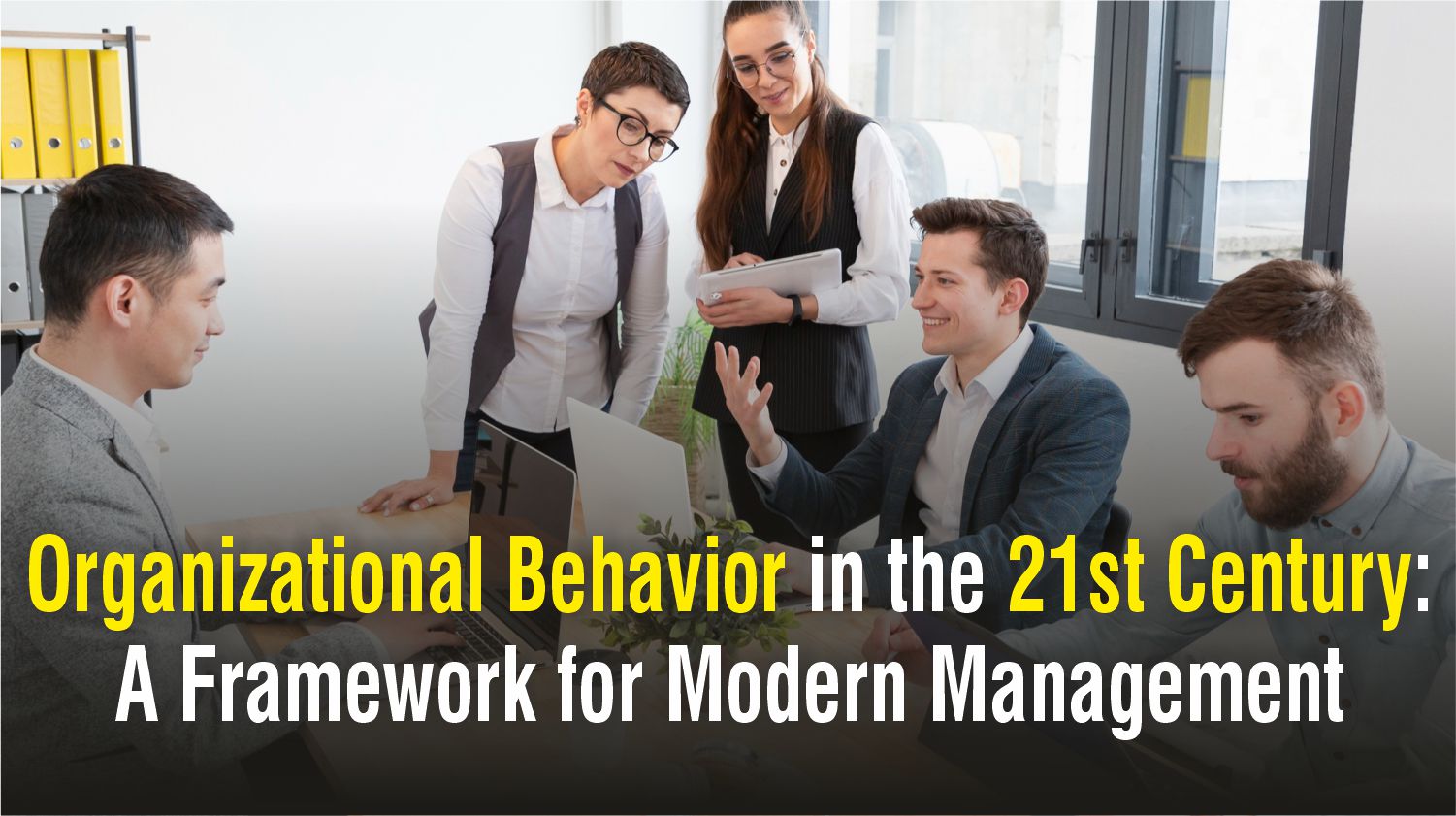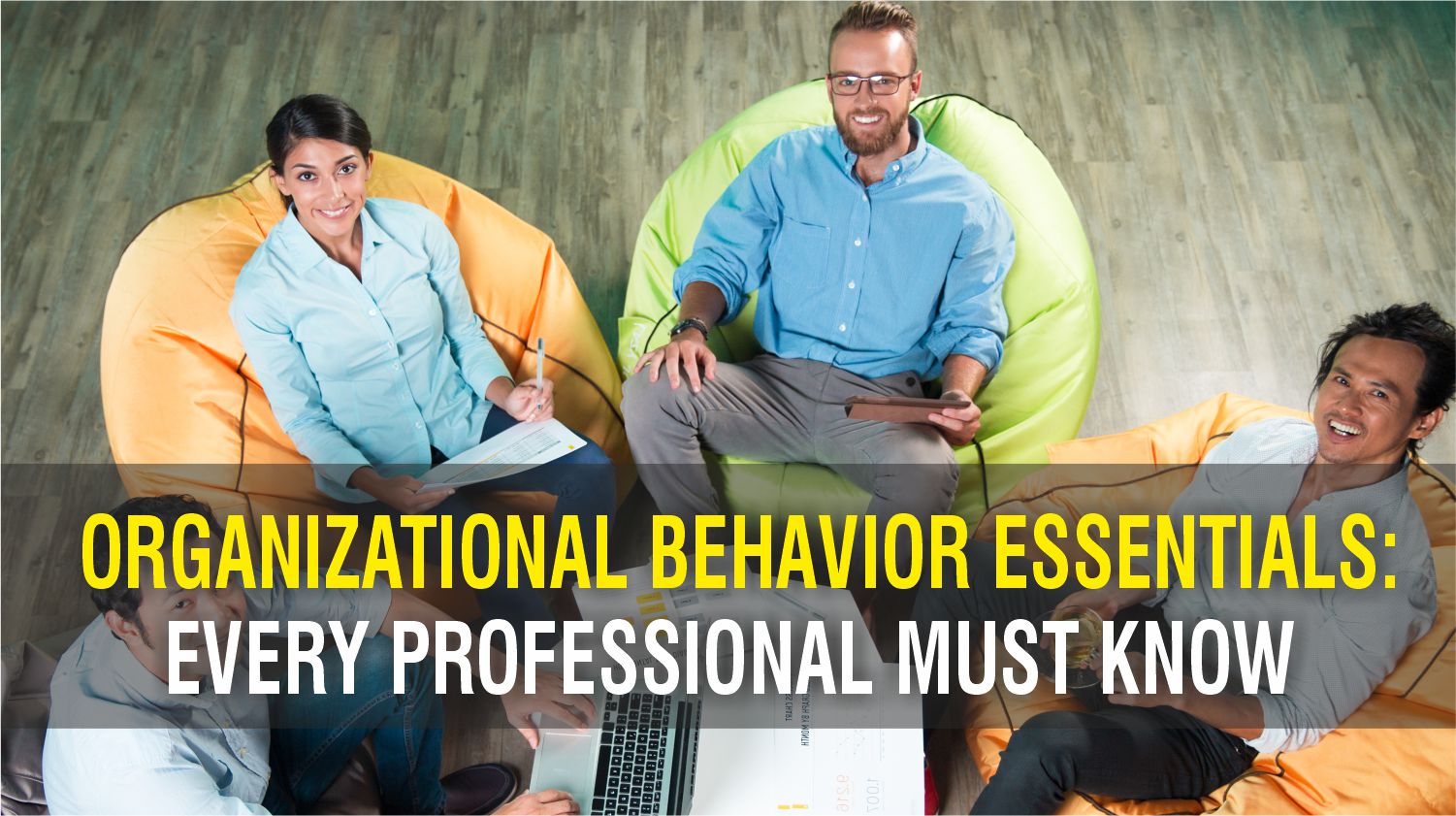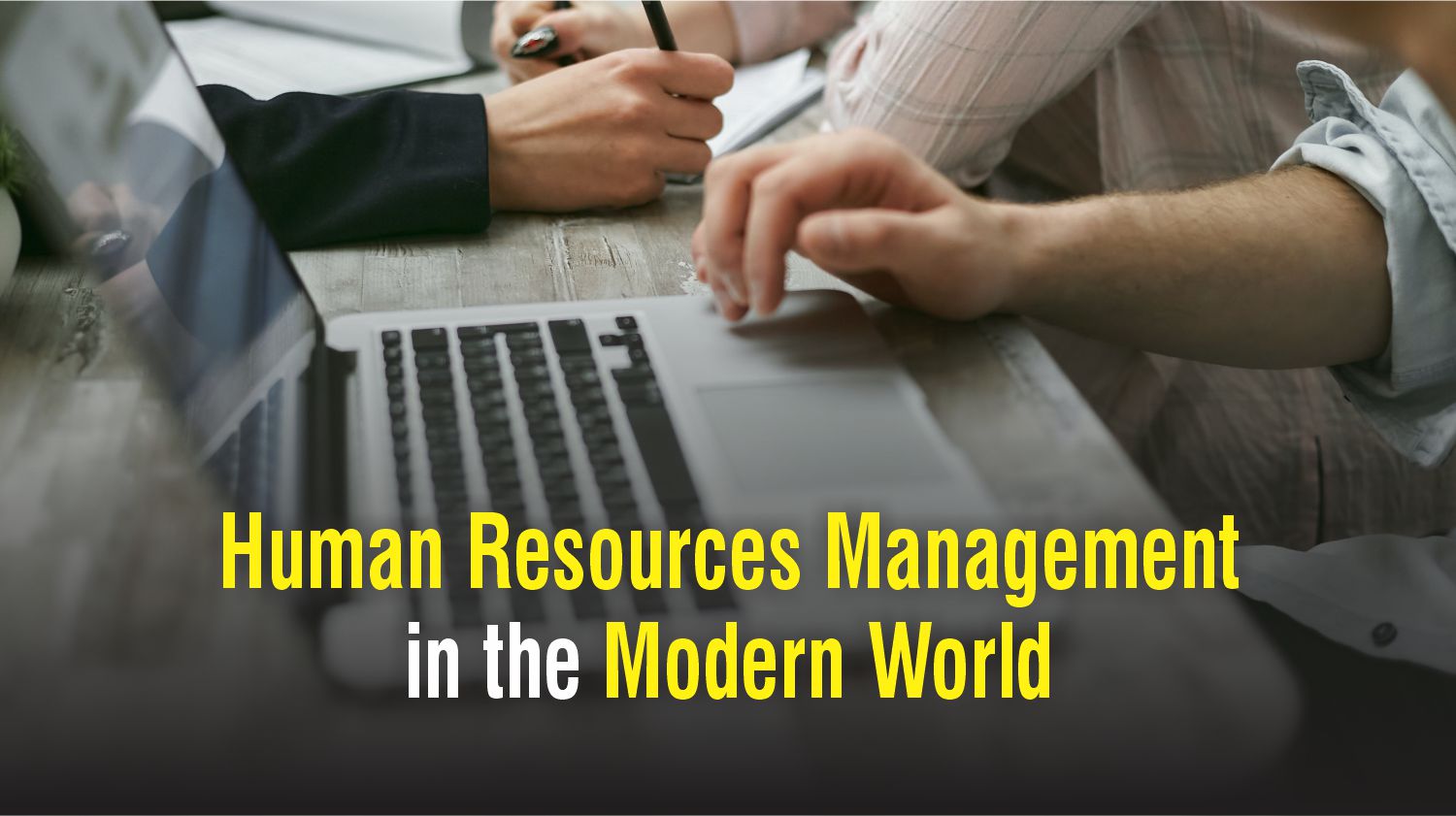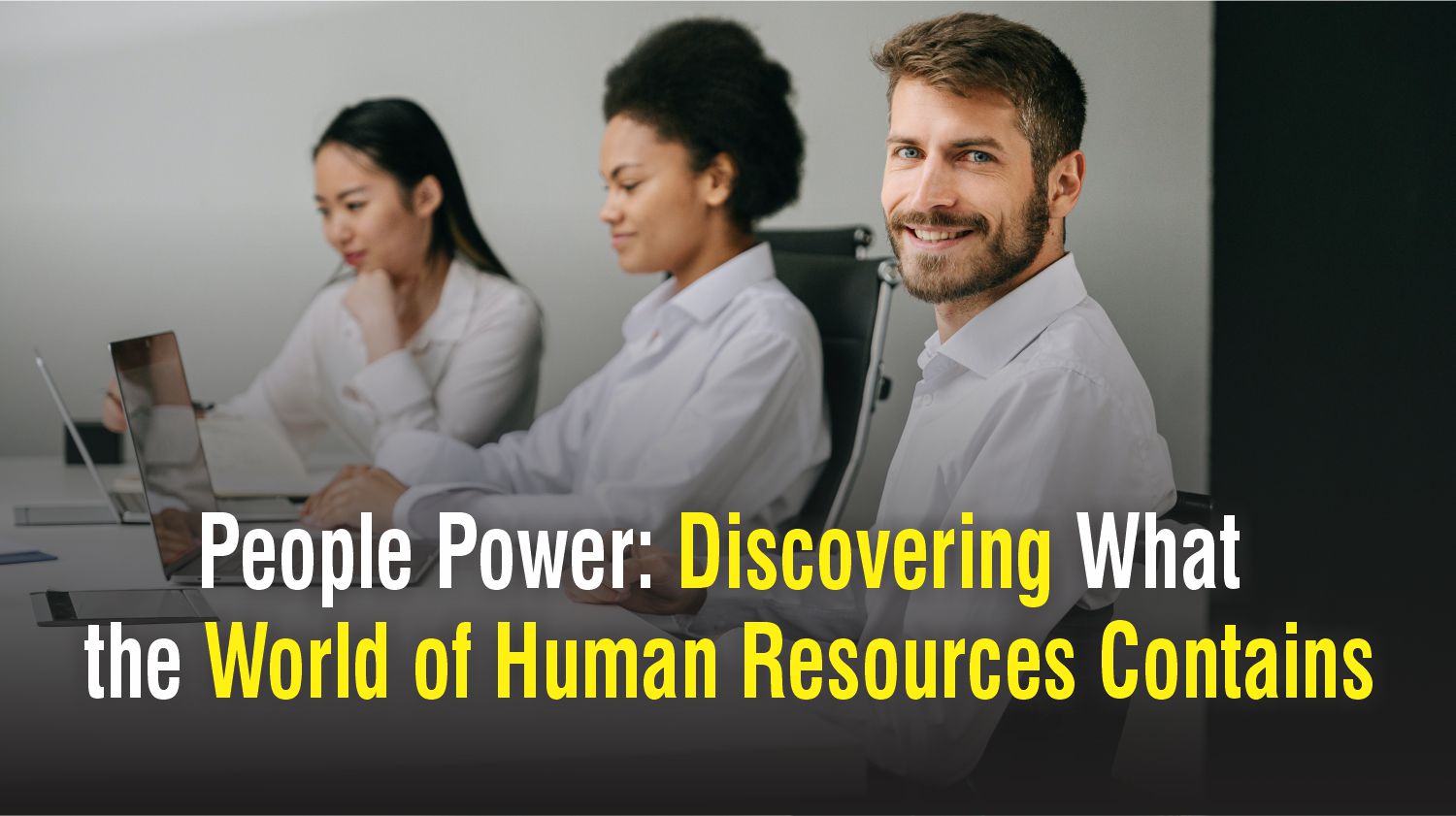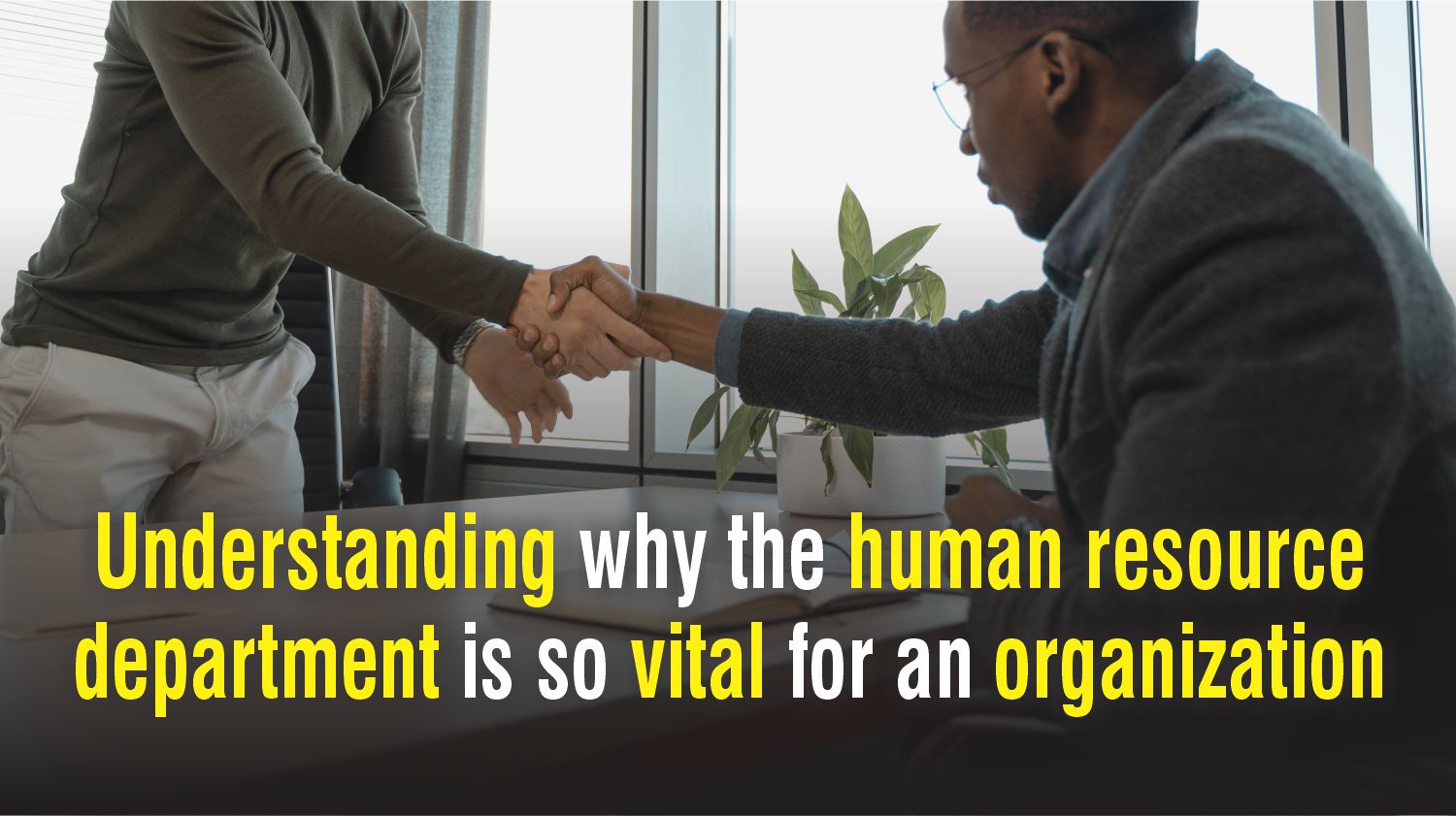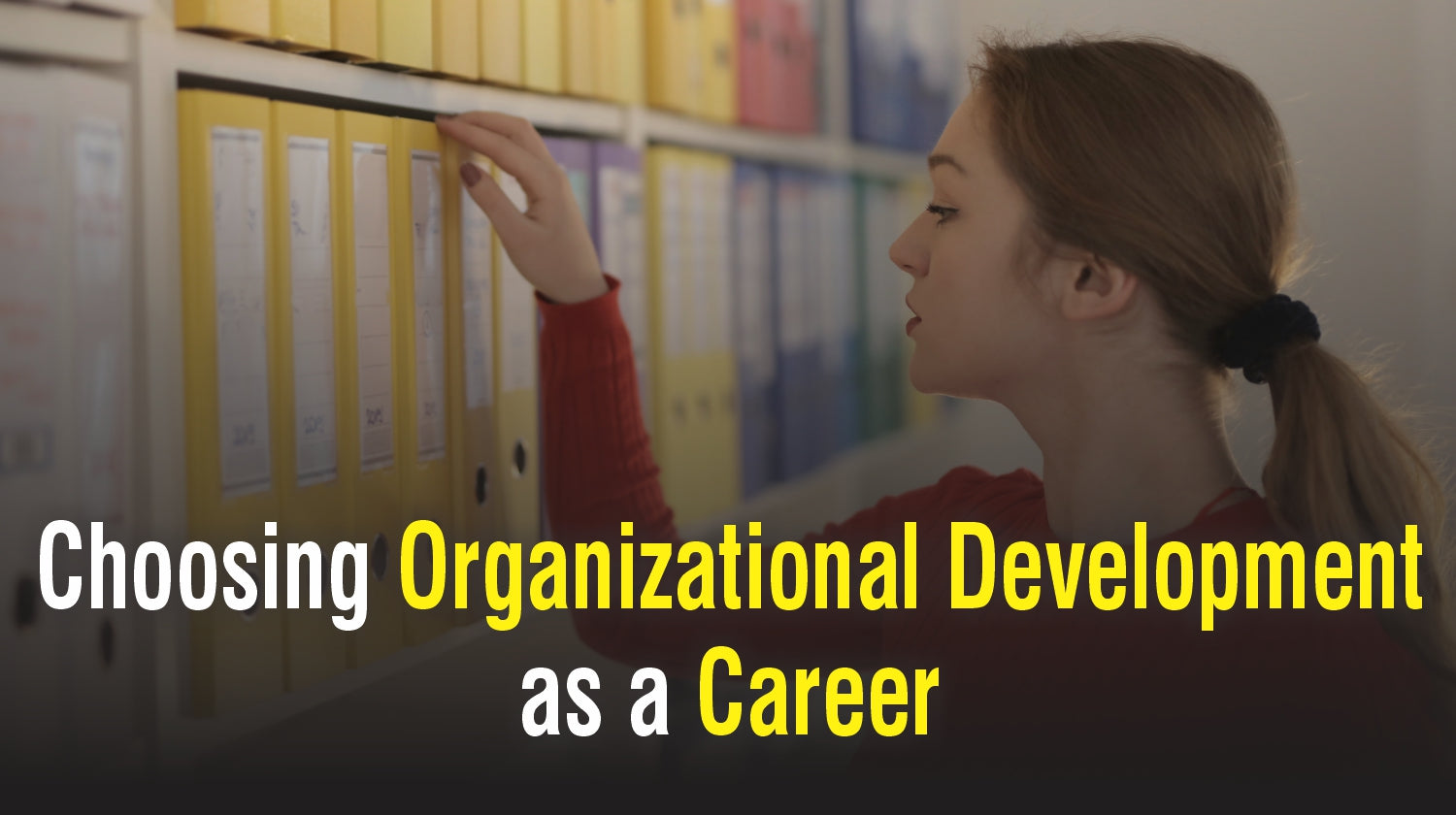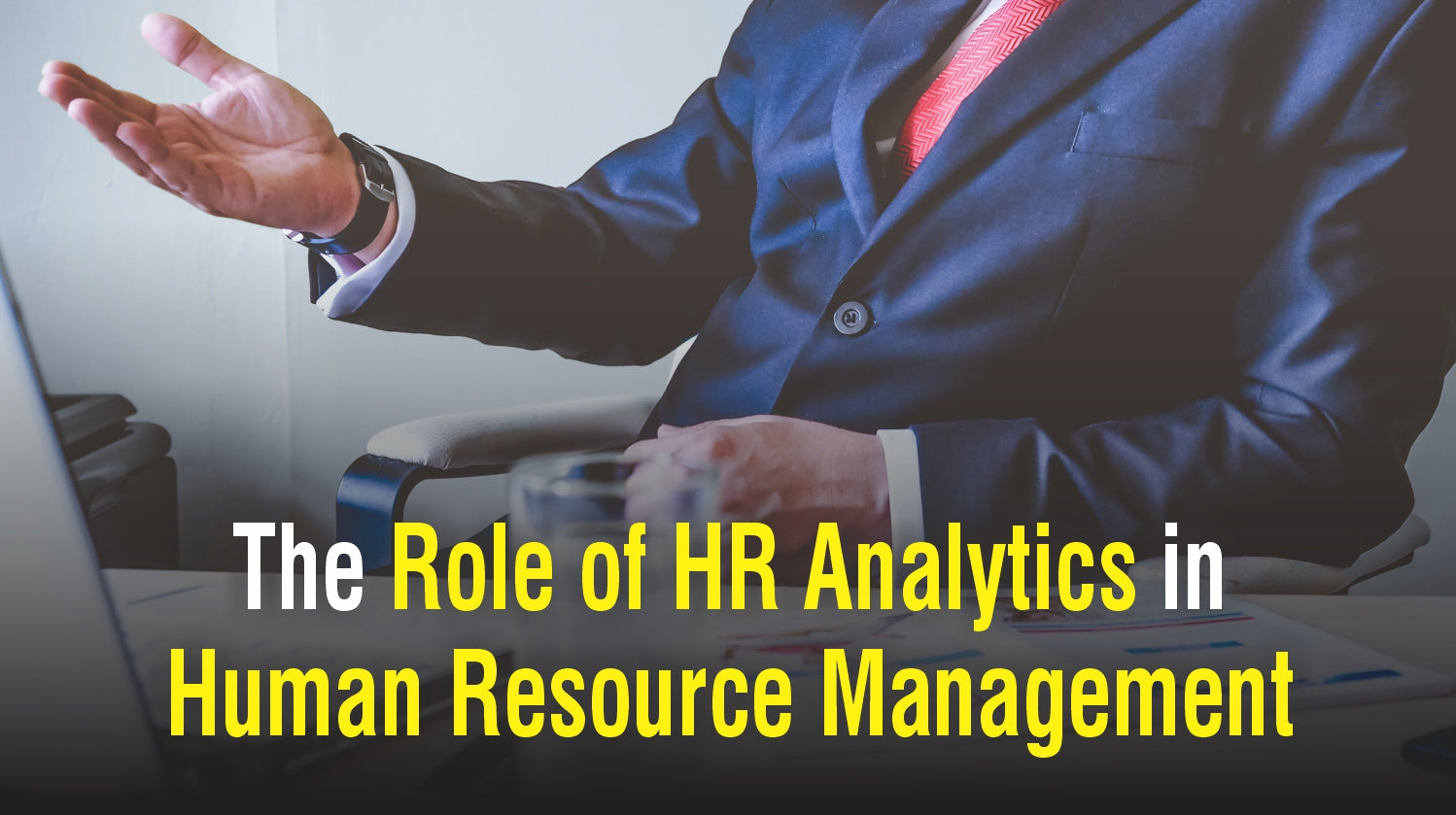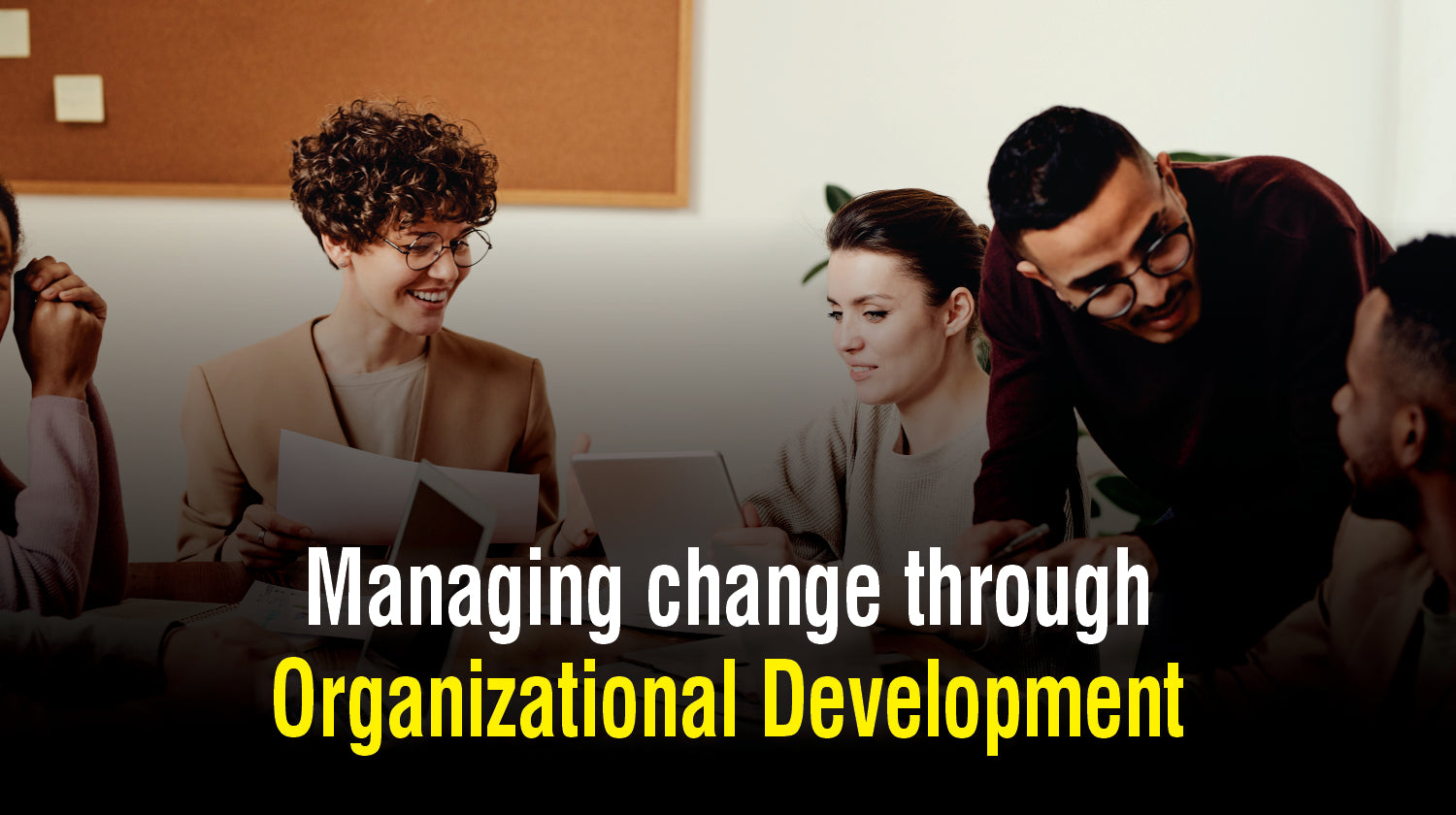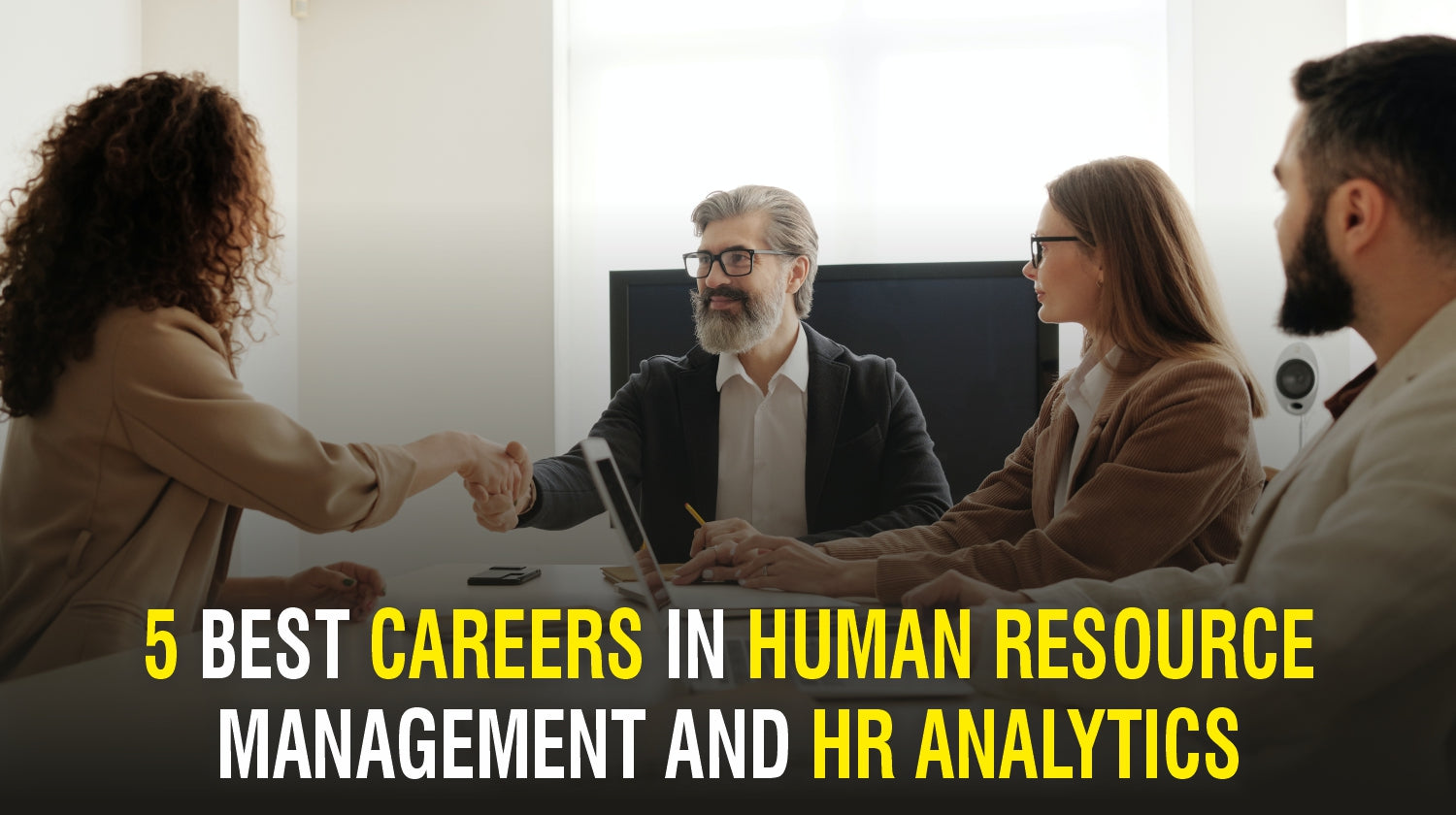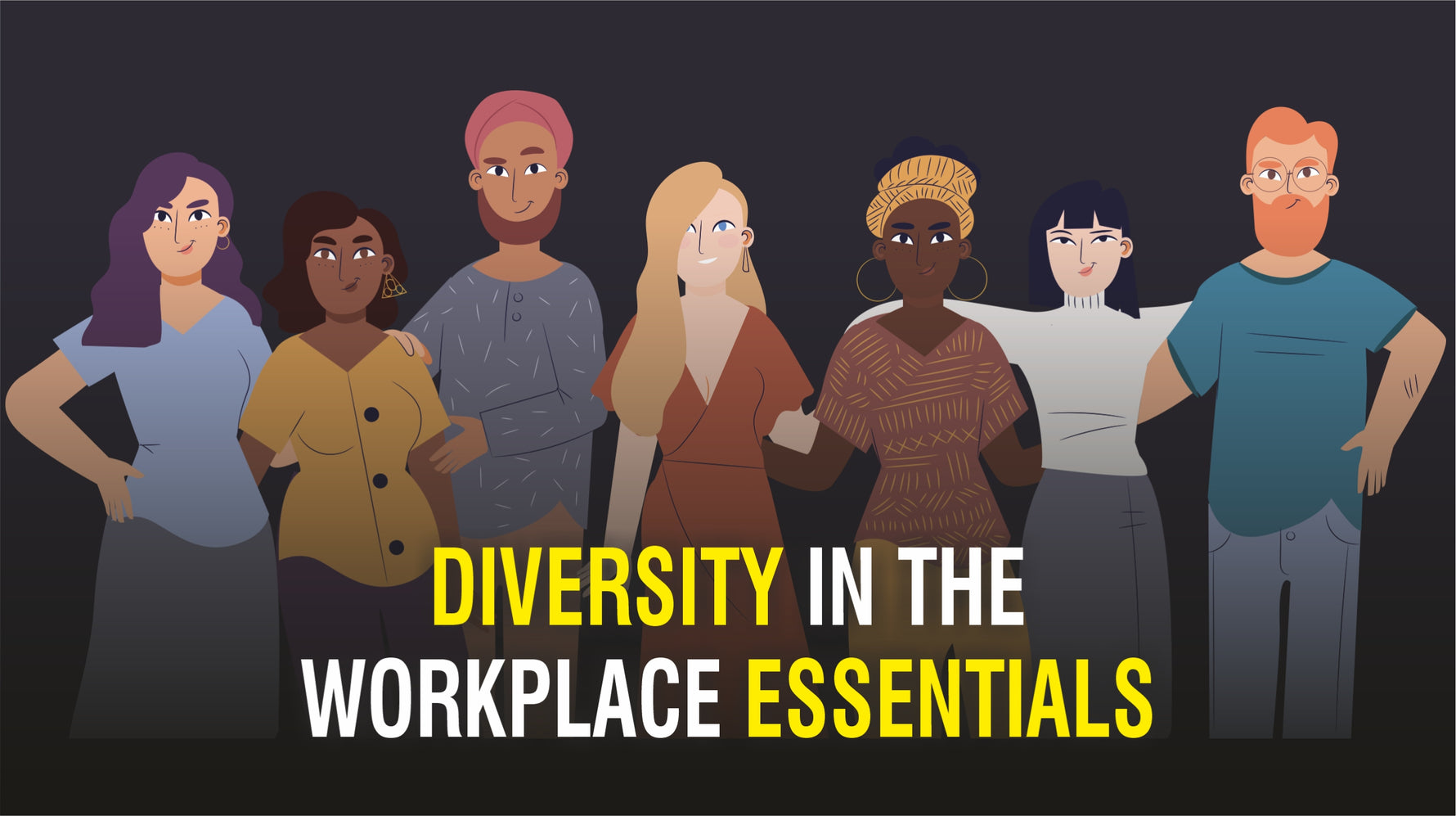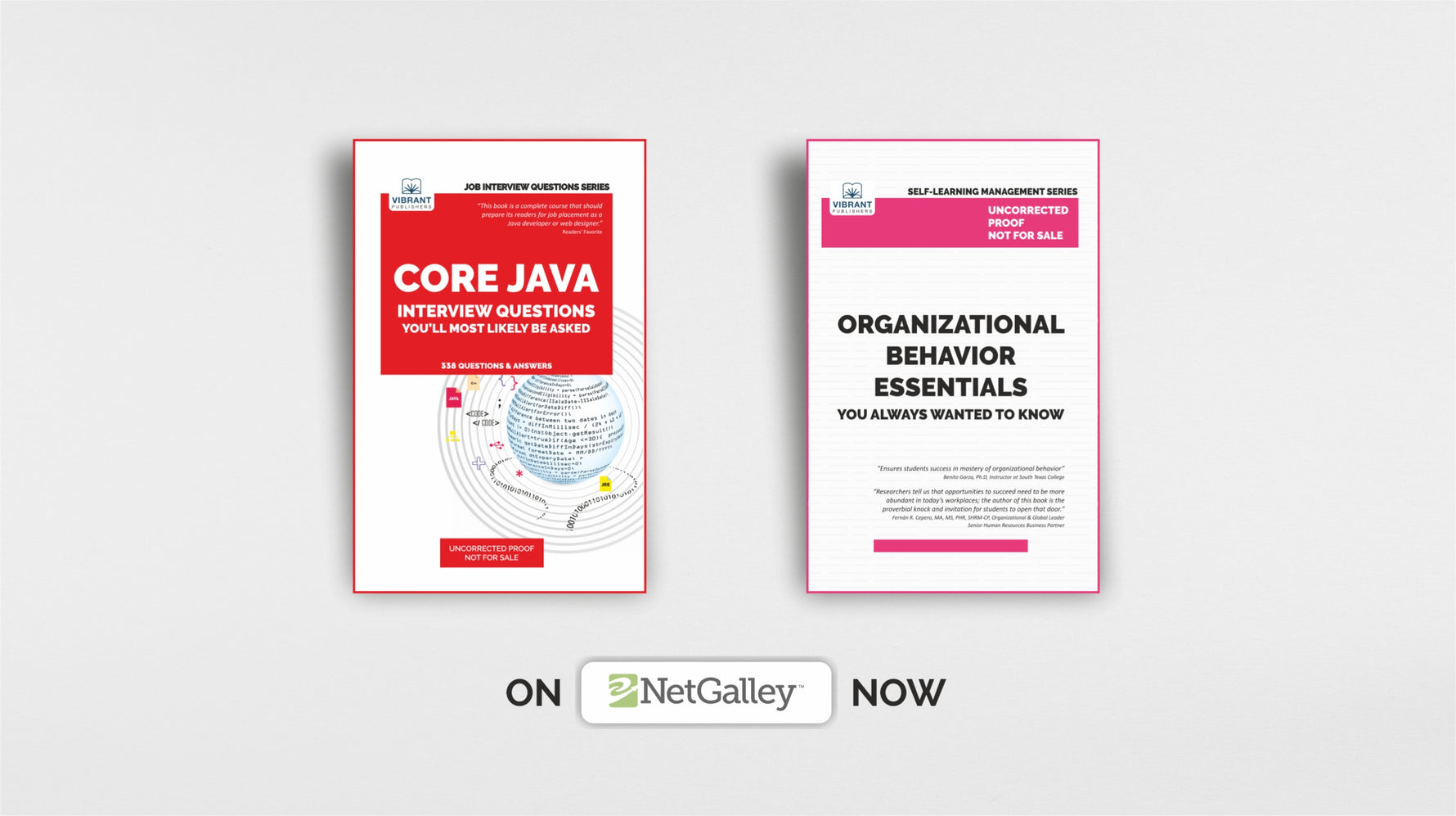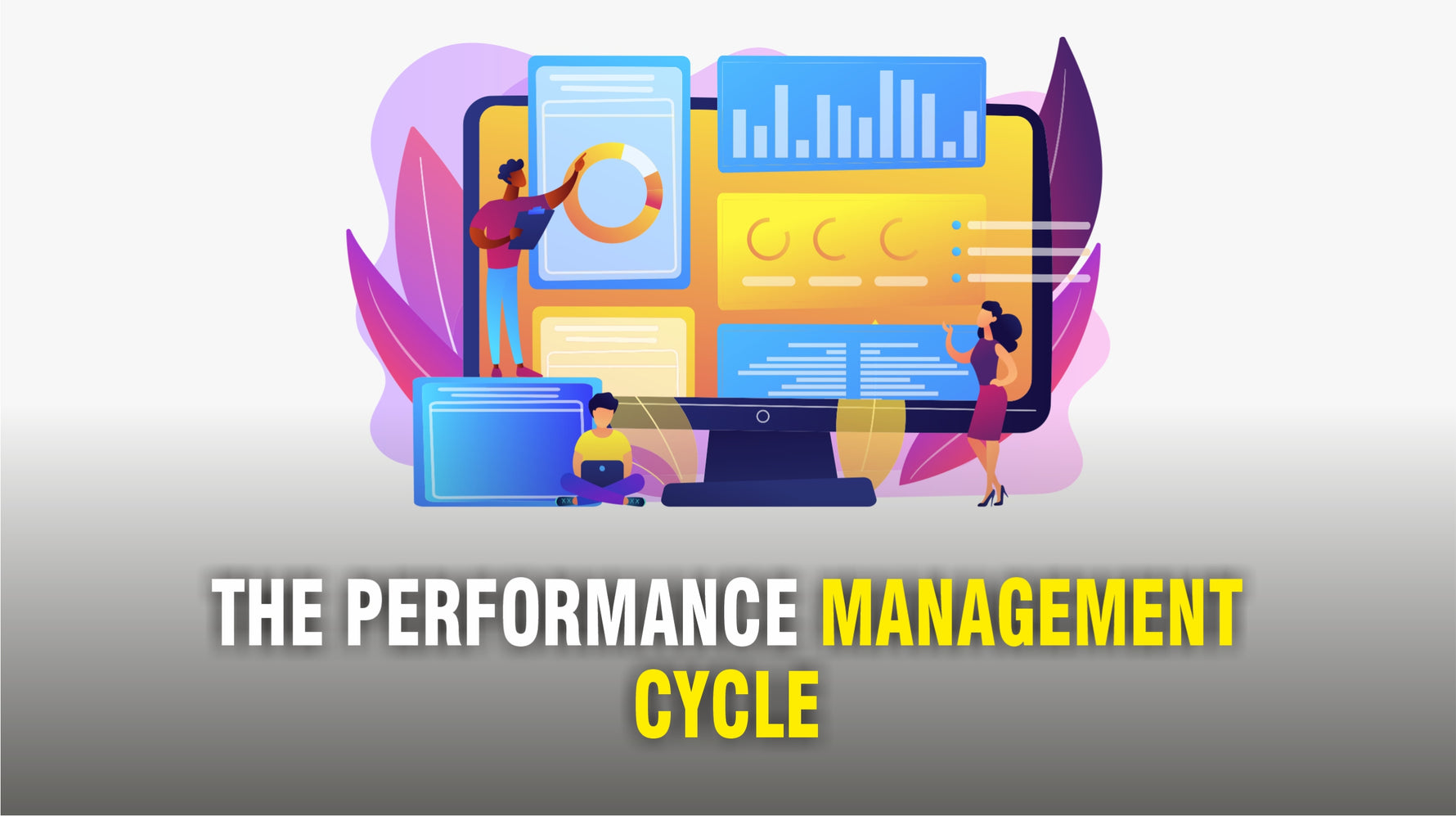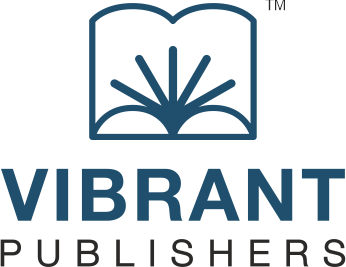There are three facets of resource management to be compared and include HRMS, HRIS, and HCM. These anchors are in no way different. However, they are the components of Human Resource Management. In short, an intelligent HR department must split the management into these sorts of units.HRMS entirely manages workforce data, activities data, strategies, and plans of an organization. The system comprises entries that help to see through the organization and to keep track of relevant activities. It can also be the collection of data that defines an organization. This implies that the HRMS is the heart of an organization’s information. Every human resource person may have to refer to this tool(s) in order to get a fuller glimpse of their duties.HRIS is purely concerned with information. This technical tool houses relevant data such as company policy, mode of operation, staff details, company budgets, company target, and more. It is a subsystem of HRMS but differs in the sense that it is more concerned with information storage and retrieval.This is the most security-concerned tool due to its sensitivity.The third in this study is Human Capital Management (HCM). HCM is equally an aspect of HRMS in HRM. HCM mostly relates to employee development. It is merely the search for a decent workforce referred to as human capital and the development as well as retention of such a workforce.
Human Resource Management System (HRMS):
HRMS has to do with the overall management of an organization, its workforce, and other parts. It directly concerns the employment of any available scientific, ordered, and straightforward principles in the running of the system. It is believed by various organizations to be the way forward in management. As database management, it makes it easy and swift for data to be stored and retrieved at any time. HRMS can also be called an automated tool for management. The automatic tasks performed by this tool employers, employees, and management alike.With system integration, organizations can run specific tasks online at ease and with convenience. For example, employees in some organizations can apply for a leave or a break online without sending papers to the management. When this request arrives at the system, the system will automatically scan and grade the request. A response would then be passed to the employee notifying whether he or she is eligible.
Human Resource Information System (HRIS) :
The Human Resource Information System (HRIS) is a sub aspect of the HRMS. This aspect deals with the appropriation of information. This information is what an organization requires to plan its strategies and to keep track of its progress. Practically, it is the most sensitive aspect of HRM and the sub aspect of HRMS. An organization requires information to operate in conformation with standards.Extensively, HRIS is a tool that supports aspects of an organization such as policy compliance, merit for reward, fixed compensation payments, employee appraisal, employee request, activity data collection and management, activity progress, and reports.HRIS encourages transparency. It also serves as a tool or software for the supervision, review, and processing of money-related activities.The most intriguing feature of this web-based system is that it is simple to install and run. It may not be simple to those who are not professionals in the field but definitely to professionals. An organization may have to hire professionals to design and set up the system in a way that will be easy for the human resource persons to work with for results.
Human Capital Management (HCM):
This aspect more concisely has to do with the management of human capital. Sir William Arthur Lewis is recognized as the first economist to introduce the term & human capital to the management sphere. It refers to the objectives, formalities, strategies, and attempts made towards ensuring that employees receive the best beginning from encouragement, reward, compensations, recruitment of the best individuals,development, and retention of skillful employees.HCM recognizes the importance of the workforce in an organization. The scope of HCM is to convince employees to be committed and loyal to the company. The scope of HCM also encourages organizations to be particularly attentive to the employees since they are productive minds. Without employees, every other resource will be useless. An organization cannot exist without a workforce that drives it to success.
Similarities Between HRMS, HRIS, and HCM :
HRMS, HRIS, and HCM are often identified as similar concepts. TIt is also the sameness of these three concepts that make it almost difficult for organizations to decide on which to practice or make a focal point. The basic similarities between HRMS, HRIS, and HCM are as follows:
Employee Development:
The concepts mentioned above prompt a discussion of employee development. HRMS, HRIS, and HCM recognize the role of human capital in any organization. As such, the concepts promote employee development since an employee is regarded as the 'heart of production. Without employees, an organization will not be able to set a target. Even when such an organization sets a target, it will lack vitality.
Scientific Measures:
Proper management undergoes a series of trials and errors. This happens scientifically after a well-planned and craftily designed idea towards achieving success. These management concepts involve well-defined scientific processes for results. For example, HCM, which deals purely with employee management, takes time to chisel out and decide upon. Being that it involves individual recruitment,encouragement, development, and training, the responsible human resource person or persons would have to strike out tested ideas that are methodically developed to sort employee difficulties at any angle.
Strategies to Reach an Organizational Goal:
The general aim of management is to develop or build an organization towards success. Neither of these three concepts works without basis. That is, there is always a desired achievement that triggers the employment of these managerial concepts. To attain the goal, strategies including employee training,retention of skilled workers, recruitment of brilliant individuals, and others must be implemented.
Require the Integration of Technology :
Practically, HRMS, HRIS, and HCM are technology-based concepts. Although either of these concepts can be manually functional, it is not recommendable to operate the system manually in this industrial age, especially when the number of employees is substantial. Technology in these management systems makes the workflow swift. It ensures accuracy and promotes high yields. Over 80% of organizations – small and large, have adopted electronic approaches towards management.
Run by a Professional or a Group:
Neither of these systems can run without personnel. There must be an employed or hired professional or professionals to overlook the system, review, modify, and implement relevant changes.
Costly to Maintain:
Running these systems comes with a cost. However, these costs are most often worth it. Some costs include the renewal of data connection, payment for system management, a monthly or yearly subscription to premium security services, and others. Without spending to maintain the processes and make regular updates, the system may malfunction.
Differences Between HRMS, HRIS, and HCM :
In a general sense, these systems bear some sort of sameness but have significant differences. Of all three systems, the most identical systems are HRMS and HRIS. This is because both systems have to do with the direct management of human and nonhuman resources relating to an organization. HCM, on the other hand, refers to human capital, and the system rallies solely around the development of employees or workforce.Traditionally, the concept of HRM is a single concept. HRMS, HRIS, and HCM are just systems under the concept of HRM that make organizational management have focal points. That is, each system has its focal point, which better describes its purpose in human resource management. Let us identify the fundamental contrasts that exist between HRMS, HRIS, and HCM management systems.This is an excerpt from the award-winning book, Human Resource Management Essentials You’ll Most Likely Be Asked by Jaquina Gilbert. The book provides an understanding of areas including performance management strategies, legal and regulatory compliance, payroll and compensation, IT in HRM , and others. It guides readers through HRM challenges and provides tools to address those challenges.


